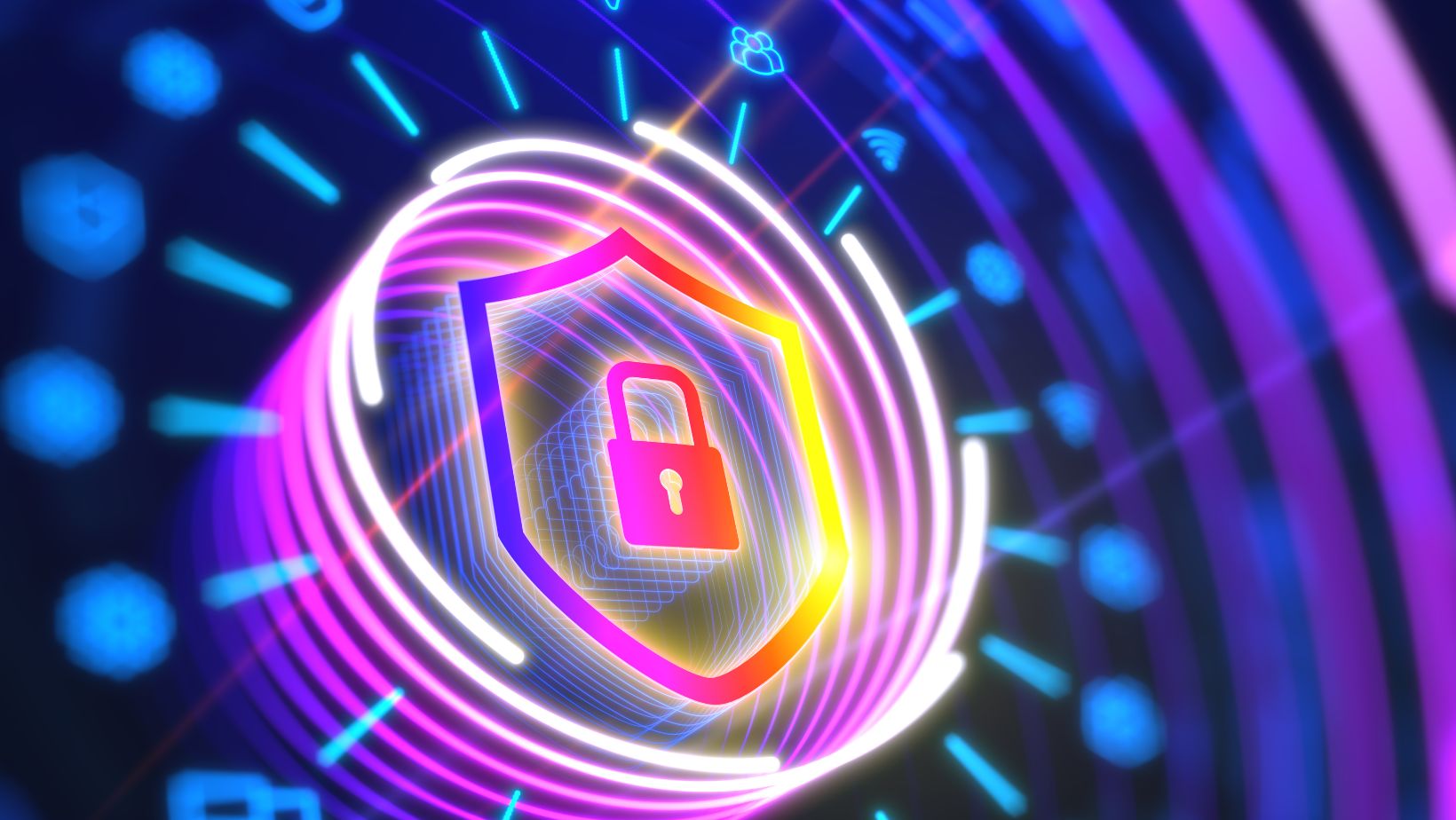In today’s digital landscape, safeguarding your business against cyber threats is paramount. As a business owner, I understand the critical importance of assessing the cybersecurity measures in place to protect sensitive data and operations. By evaluating the strength of your business’s cybersecurity posture, you can proactively identify vulnerabilities and implement robust defenses.
In this article, I’ll guide you through practical steps to assess the cybersecurity of your business effectively. From conducting comprehensive risk assessments to evaluating current security protocols, I’ll share valuable insights to enhance your cyber resilience. Stay ahead of potential threats by taking proactive measures to secure your business’s digital assets.
Understanding Cybersecurity Assessments
What Is a Cybersecurity Assessment?
A cybersecurity assessment is a systematic evaluation of a business’s security measures to identify vulnerabilities, assess risks, and determine the effectiveness of existing security protocols. It involves analyzing the organization’s infrastructure, policies, and practices to ensure a robust defense against cyber threats. As a business owner, assessing cybersecurity is crucial to proactively protect sensitive data and maintain the trust of customers and stakeholders.
The Importance of Cybersecurity for Businesses
Ensuring a robust cybersecurity posture is a fundamental component of every business operation. Cyber threats are evolving constantly, making it imperative for businesses to stay vigilant and proactive in safeguarding their digital assets. Conducting regular cybersecurity assessments is a primary step in fortifying defenses and mitigating risks. By implementing an effective cybersecurity strategy, I can protect my business from potential breaches and maintain operational continuity.
Key Components of a Cybersecurity Assessment
Identifying Assets and Resources
To begin evaluating the cybersecurity of my business, I first assess the critical assets and resources that require protection. This includes all hardware, software, data, and intellectual property that are essential to my operations.

Understanding these assets helps me prioritize security measures and allocate resources effectively to safeguard the most valuable components of my business.
Assessing Threats and Vulnerabilities
In assessing the cybersecurity of my business, I continually monitor and analyze potential threats and vulnerabilities that could compromise my systems. By identifying weaknesses in my network, applications, and processes, I can proactively address security gaps and mitigate risks before they turn into actual cyber threats. Staying ahead of emerging threats is crucial in maintaining an effective cybersecurity strategy for my business.
Conducting a Cybersecurity Assessment
When conducting a cybersecurity assessment for my business, I focus on both internal and external evaluations to ensure that all aspects of security are thoroughly examined. Understanding the need for a comprehensive approach to both internal and external assessments can ensure thorough examinations of your business’s cybersecurity. An often overlooked component in this process is utilizing a free RFP template. Crafting detailed requests for proposals is crucial when selecting Managed Security Service Providers (MSSPs) and other vendors, ensuring alignment with your specific security needs. Using an RFP template simplifies this process, helping you advocate for your business’s best interests.
Internal vs. External Assessments
In my experience, internal assessments involve evaluating the security measures and protocols within my organization. I routinely review access controls, employee training programs, and data handling procedures to identify any potential vulnerabilities. This internal evaluation helps me understand the strengths and weaknesses of the existing security infrastructure.

Conversely, external assessments involve bringing in third-party experts to analyze my business’s security from an outsider’s perspective. These professionals conduct penetration testing, vulnerability scans, and other assessments to simulate real-world cyber attacks. Their insights provide valuable perspectives on where my business may be lacking in terms of security measures.
The Role of Cybersecurity Frameworks
I rely on established cybersecurity frameworks such as NIST, ISO 27001, or CIS Controls to guide my assessment process. These frameworks offer structured approaches to assessing security risks, implementing controls, and monitoring security postures. By aligning my assessments with these frameworks, I ensure that my business adheres to industry best practices and maintains an effective cybersecurity strategy.
















